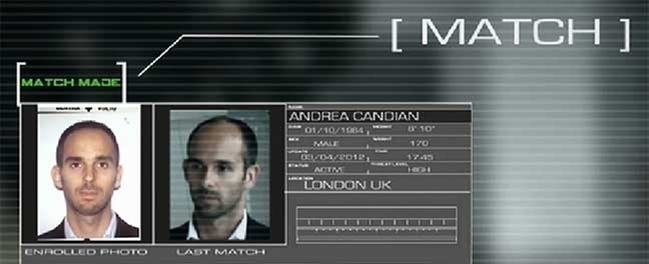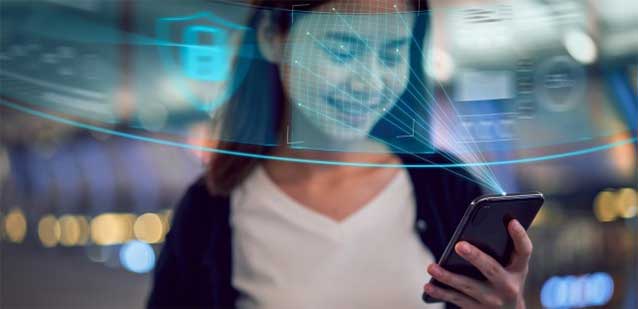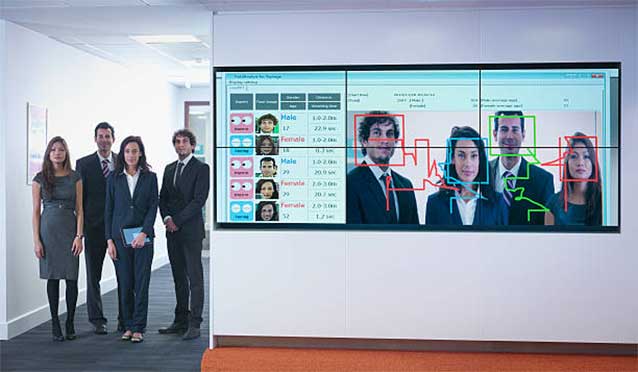
Face Recognition Systems have begun to be used in all parts of our lives. They are used in the screen lock of our smartphones, banking transactions, social media, stores, advertising; used by disabled people, data centers, entrances of facilities, entrances of the important areas of facilities, Mobese systems and many more. Today, particularly in the developed countries, the benefits and harms of face recognition systems are questioned and certain sanction decisions are taken. In our country, it has become even more controversial with the introduction of the Personal Data Protection Law.
Data Center Security Solutions
In this article, I will try to give specific information about face recognition technology. If we broadly consider it, we can classify the face recognition systems in 2 main topics. The first is the systems that do not require people to pose for their faces or pause, and the other is the systems that require people to pose.
These systems recognize the human face from photos or videos. First of all, they detect the locations with faces in each frame and usually copy this area to the recording area to be processed. In the second step, biometric data is generated by making the necessary measurements and analyses. In the third step, they find the human face with the highest accuracy ratio by comparing it with the existing biometric data available in the database. They also add the percentage of matching in this data. The bigger this percentage is, the more
accurately a human face is found by the system.

The most classic method used is to measure the distances between the organs such as nose, eyes, mouth and ears on the human face. You can only deceive some of the systems that use this feature with face photos. Many manufacturers have tried to take measures to prevent this.
Another method is the face recognition systems that use 3D sensors. These sensors are harder to deceive. As the depth information of the human face is also measured, the accuracy ratios are higher. However, too much increase in the number of variables enlarges the biometric data and causes a longer search time to find a human face. Accuracy ratios increase rapidly with the developments in software algorithms and artificial intelligence. Particularly with the development of sensor, camera and computer technologies, processing times have been shortened considerably.
Management of Security in Crowded Events

How Do Biometric Recognition Systems Function?
Today, many improvements are made to increase the accuracy of the system. Accuracy ratios can be increased by converting the features such as facial lines, skin color, hair color, use of glasses, use of beard, color of the clothes, etc. into biometric data. Besides, these systems have a wide field of use for the applications such as determining the statistics of wider groups like gender, age, race etc. instead of finding human faces in merchandising and social media applications.